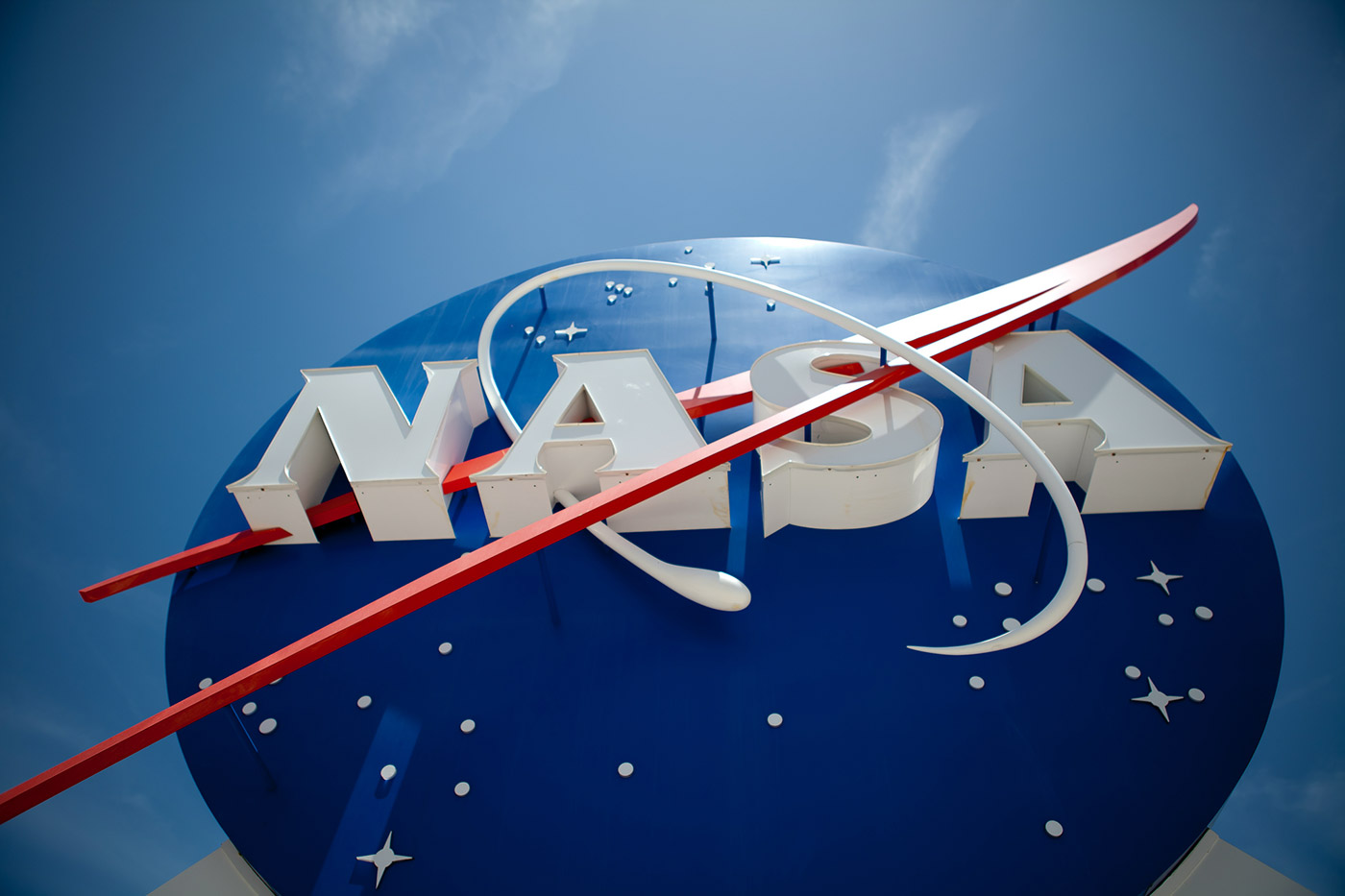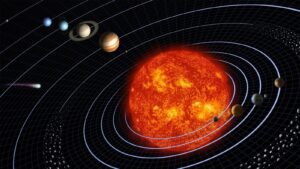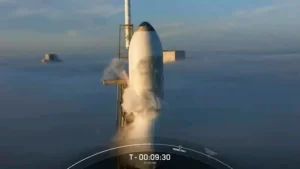
NASA Creation: A Giant Leap for Humanity
NASA was created on October 1, 1958, when the existing Aeronautical Advisory Committee (NACA) joined the Langley Aeronautical Laboratory, Aeronautics Laboratory Ames, Lewis Aviation Propulsion Laboratory, and two smaller testing facilities.
Its creation is largely in response to the launch of the Soviet Sputnik in October 1957. Sputnik is the first artificial satellite to orbit the earth; The launch triggered a concern that the Soviet might also be able to send missiles with nuclear weapons from Europe to America.
After President John F. Kennedy stated that America had to place a man at the end of the decade in May 1961, NASA quickly went to work. NASA’s first high profile program is a Mercury project developed to understand the feasibility of humans who survive in space.
In May 1961, Alan Shepard took the first human mercury flight, making him the first American, and the second person, in space. In February 1962, John Glenn became the first American to orbit the earth, around the world three times.
Following the Mercury Project is the Gemini project, which helps NASA prepare and perfect the trip to the moon. Before NASA could put astronauts on the moon, he had to learn a lot of things, including what happened when astronauts spent a lot of days in space, how astronauts could go outside the spaceship, and how to connect two spacecraft in space. Ten crew flew the mission on the Gemini Space aircraft two people between 1965 and 1966, proved that NASA could solve all these problems.
After the completion of Mercury and Gemini, NASA began its most famous achievement: Apollo’s mission. Although there was an initial problem in this program, such as Apollo 1 Capsule Fire in January 1967 which killed all astronauts on board, the Apollo project continued. In particular, the Apollo 7 mission managed to orbit the earth in October 1968, and the Apollo 8 mission managed to orbit the month in December 1968.
Finally, on July 20, 1969, Neil Armstrong and Edwin “Buzz” Aldrin made history the first and second people who had been running on the surface of the moon. Five more successful moon landing followed in the next three years.
Scientific research, spacecraft, and Mars: NASA Past & Now
After NASA’s very successful growth, this agency continued its evolution with countless contributions to the scientific field greater than the 1970s to this day.
Space Program -Ilis
Six years after the completion of the Apollo project, NASA launched a shuttle program -Talik to develop a shuttle that can be reused in 1981. Between 1983 and 1986, the shuttle program launched 21 missions to carry out various tasks such as launching satellites and testing robotics in space.
The shuttle program stopped for two years after the Space Shuttle Challenge killed all seven crew members in 1986. In 1988, the program returned to the service to conduct experiments and use a telescope until 2011. In total, the shuttle program completed 135 Full mission of complete mission, sending 300 astronauts to space.
Skylab & ISS
To develop more permanent human presence in space, Nasa began the Skylab program in 1973. The success of the three Skylab missions caused the Authorization of Congress to develop the main space station as a base for the exploration of space in the future in 1984.
In 1993, Russia and other international partners joined the US to develop joint facilities known as the International Space Station (ISS). One of the most complex engineering projects in history, ISS remains the largest man -made structure ever built in space.
In more than 20 years of its existence, this space station has supported many breakthroughs and discoveries thanks to the research of micro style. This study has helped topics such as Alzheimer’s and cancer research, how fire works, how to purify water, improve drug care, food growth, and 3D printing.
Mars
NASA’s Mariner 4 was the first craft to reach Mars in 1965, by following the sailor’s mission to reach this planet and photograph the view covered by the crater. Two Viking spacecraft was launched in 1975 to find the basic signs of life on Mars; Probe cannot prove the presence of microbes on the surface.
After observer Mars disappeared without a trace in August 1993, the interest in exploring the red planet grew. The next mission was more successful, such as Mars Global Explorer which was launched in November 1996 and Mars Pathfinder in 1998. Pathfinder explored the limited area of the planet surface using Sojourner Rover, which was followed by Mars Odyssey and the Spirit and Discovery Rovers in 2004.
Many more successful missions occurred throughout the 2000s, 2010, and 2020s, such as the launch of the Mars Reconnaissance Orbiter in 2005 which continued to send data to Mars. The Mars Curiosity Rover arrived in 2012 to look for signs of ancient livable environment, found an area that was previously soaked in water. Rover Perseverance Mars landed in 2021 to look for signs of ancient life and collect stone samples and regolites to be expected to bring back to earth.
Telescope
In 1990, NASA launched the Hubble space telescope to Earth’s orbit. After solving problems in the mirror in 1993, the telescope then took pictures of the most dramatic galaxy and distant world ever seen before, at that time.
James Webb Telescope was launched in the end of 2021, equipped with infrared resolution and highly improved sensitivity to see objects that are too old, far, or faint for hubble. In July 2022, NASA released the first picture of James Webbs, revealed parts of space and time that had never been seen before. Telescope will continue to uncover images and data points that will change the way we see and understand the universe.
The future of NASA’s evolution
NASA is now preparing a new era of SpaceFlight and Sustainable Human Discovery.
The agency plans to return to the surface of the moon in 2025 with an artemis mission to explore more surfaces of the moon. The NASA space launch system (SLS) will play a role in this mission, launching Orion, NASA’s latest spacecraft. NASA hopes to establish Artemis Base Camp on the Moon to allow the crew to remain on the surface of the moon for a longer period of time.
Artemis is the first step in the next era of human exploration. Together with commercial and international partners, NASA hopes to build a sustainable presence on the Moon to prepare for the latest objectives in its evolution: bring humans to Mars.













